Rhineland Locals Use LX50 Sawmill to Save Timber Destroyed by Bark Beetles
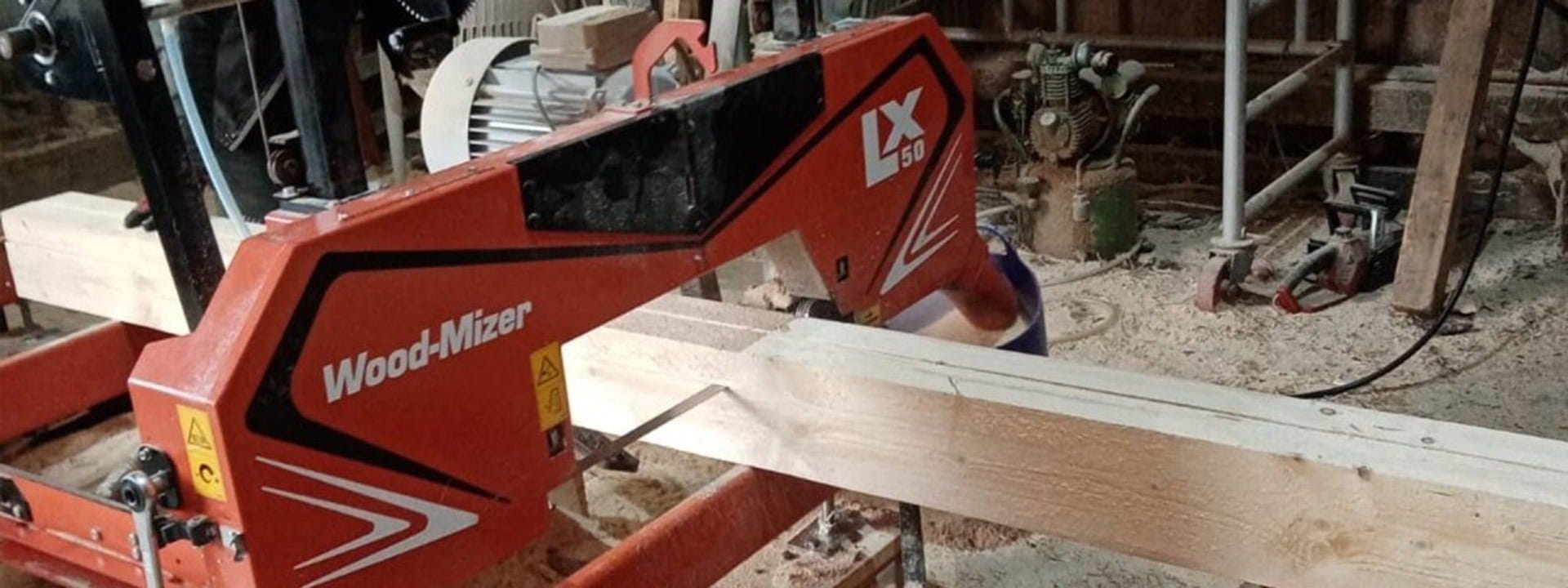
In the German Rhineland, close to the Beverthal Dam, lies the quaint town of Wipperfürth. Here, for over 50 years Thomas Paffrath has lived with his family. Trained as a gardener and landscape designer, since 2004 he maintained the technical upkeep of transformer stations for major energy companies, preventing the area from becoming overgrown with trees that could pose a danger to power lines.
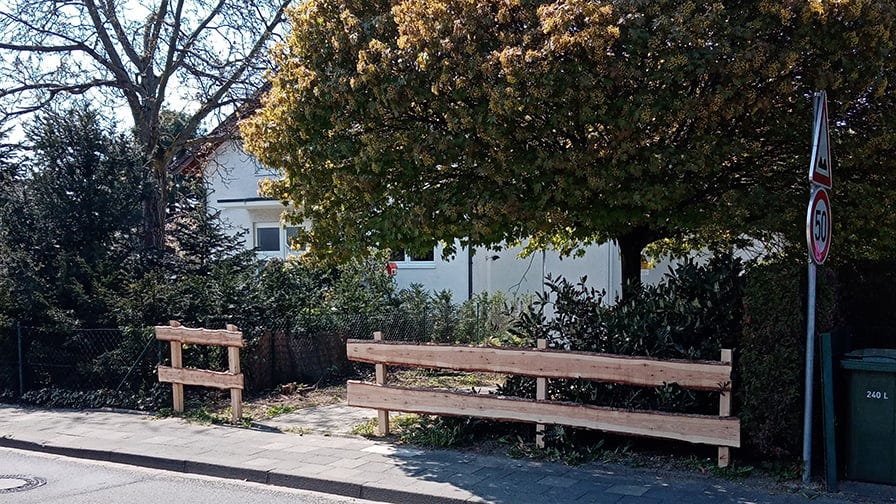

Besides 40 hectares of fields and meadows, the Paffrath family also owns about 5 hectares of forest. Like many others in Germany, this forest has recently been infected by the bark beetle. Now, Thomas’ forests filled with dead trees that no longer fetch a good price.
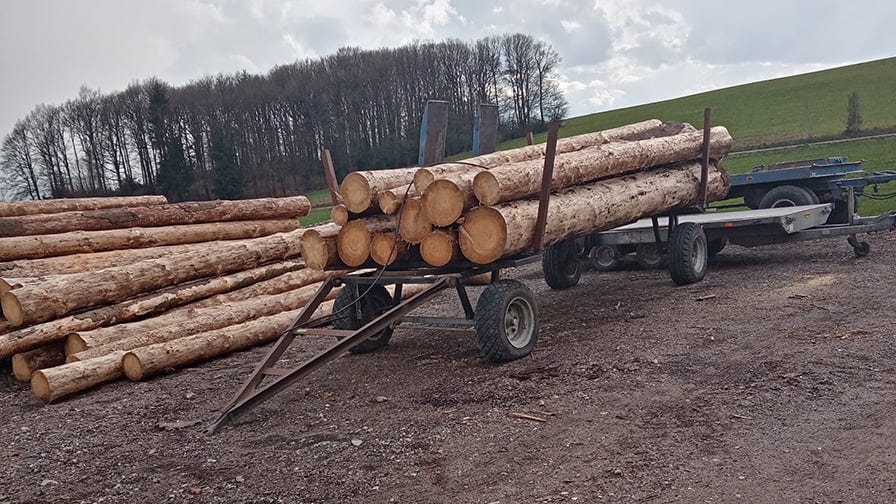

What is there to do with timber affected by bark beetles? Use it as firewood? It's too valuable for that; besides, there's already more than enough firewood on the market.
A solution emerged thanks to a friend who owned a Wood-Mizer sawmill for nearly 30 years: get your own sawmill to turn beetle-damaged wood into valuable building material.
After carefully studying the Wood-Mizer catalog, watching videos online, and having several lengthy discussions with his friend about sawmilling, Thomas decided on the LX50 sawmill with an electric motor, which he purchased at the end of 2019. The mill, enhanced with two additional bed extensions that increase the cutting length to 6.76 meters, is set up in the old Paffrath family barn and operates nearly every day from 4 to 6 hours.
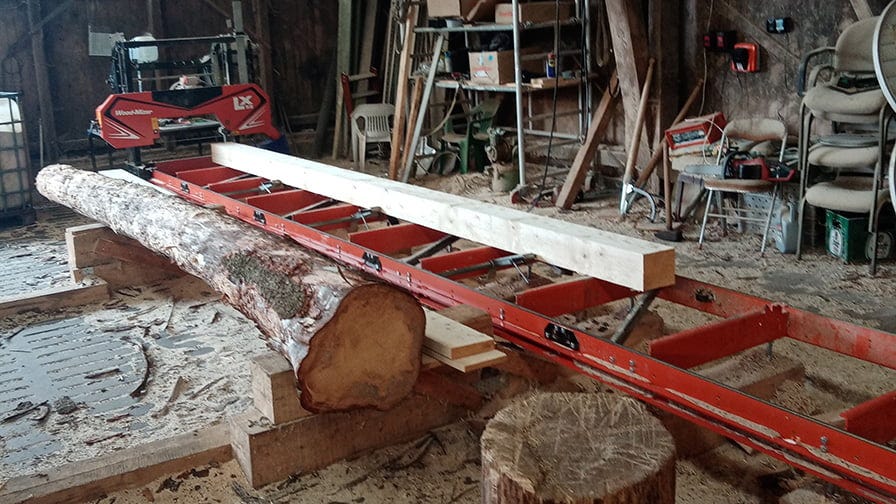



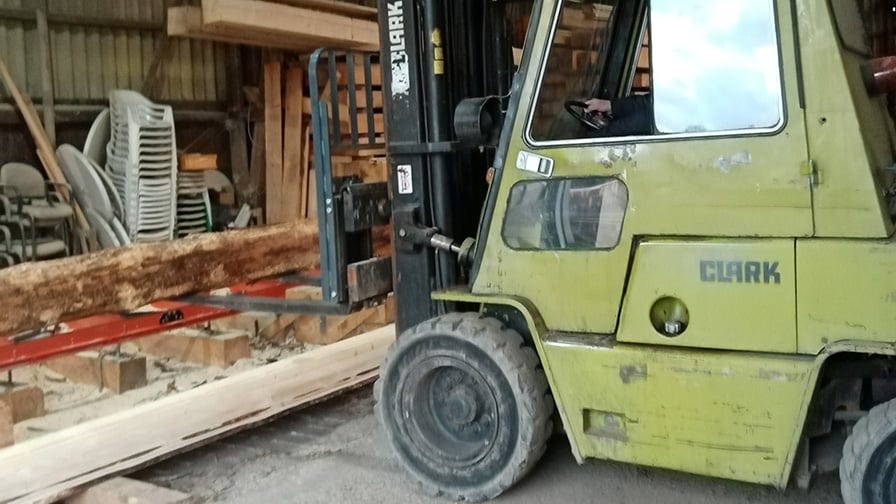

However, Thomas himself doesn't do the sawing – that's the job of Joachim-Ferdinand Brieden, whom Thomas jokingly calls his "sawmill director."
Joachim does great work on the sawmill, however anyone thinking that he spends too much time on the sawmill will hear from the locals in Wipperfürth that the Rhineland nature is in no hurry, that work should be done joyfully and at one's own pleasure – meaning without haste and stress. This idea is very important for both Thomas and Joachim because sawing timber is still a hobby, and it should remain that way. A hobby that brings him and his "sawmill director" a lot of joy.
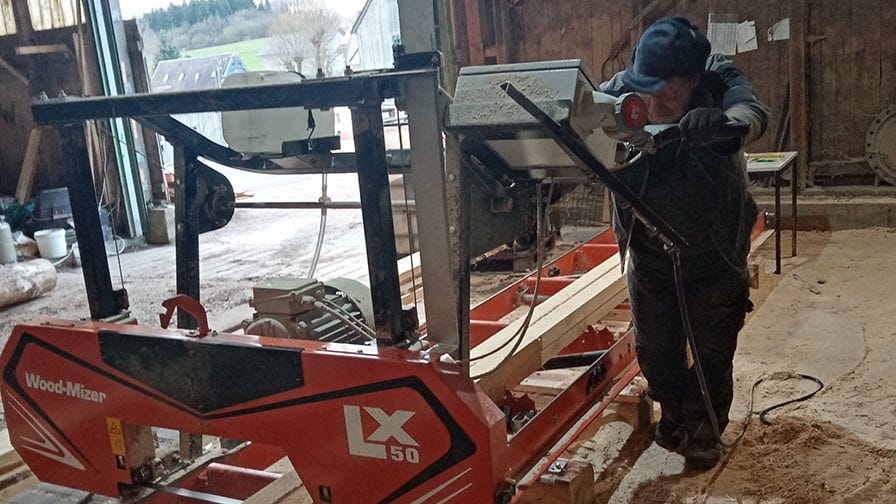

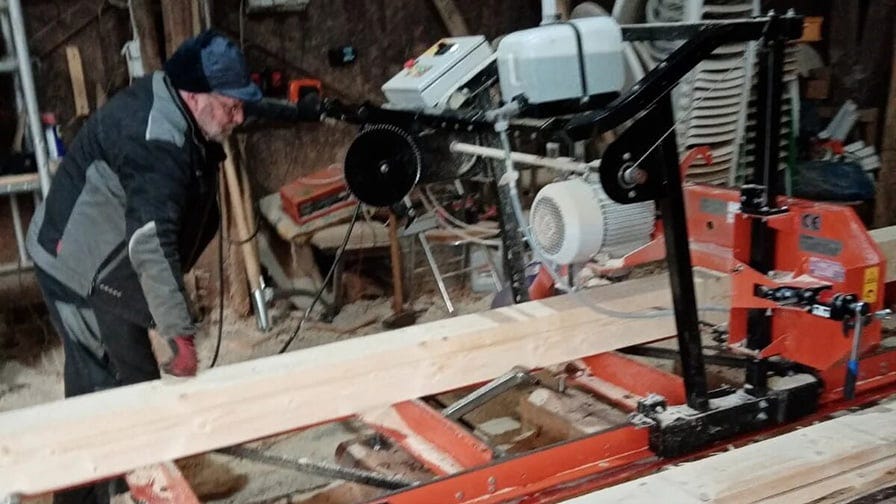

They saw logs into planks and beams mainly to repair their own structures or to sell as building timber. They have already built a carport and made wooden siding for a vacation home in the Netherlands. Instead of buying expensive building materials from stores or wood processing companies, they prefer to produce them themselves from their own timber. As for which bandsaw blades are best for sawing beetle-damaged wood? Thomas and Joachim are confident that the Wood-Mizer blade with a 7/34 tooth profile is best suited for cutting dry wood.
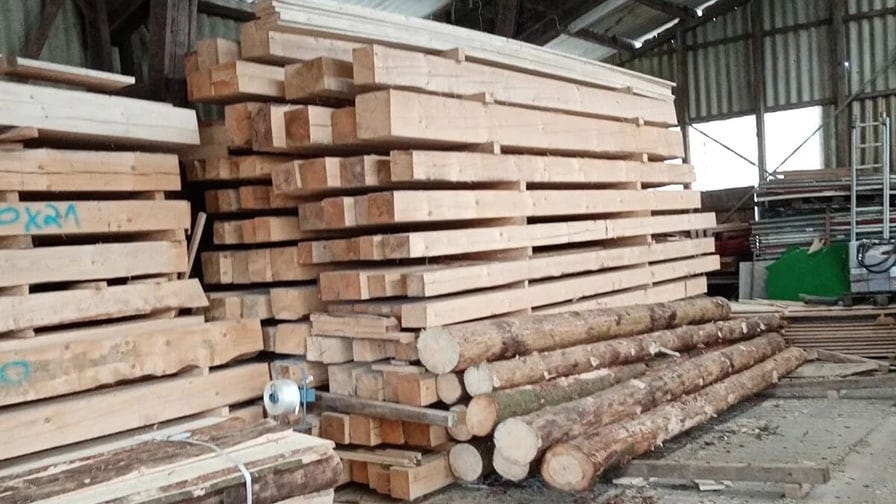

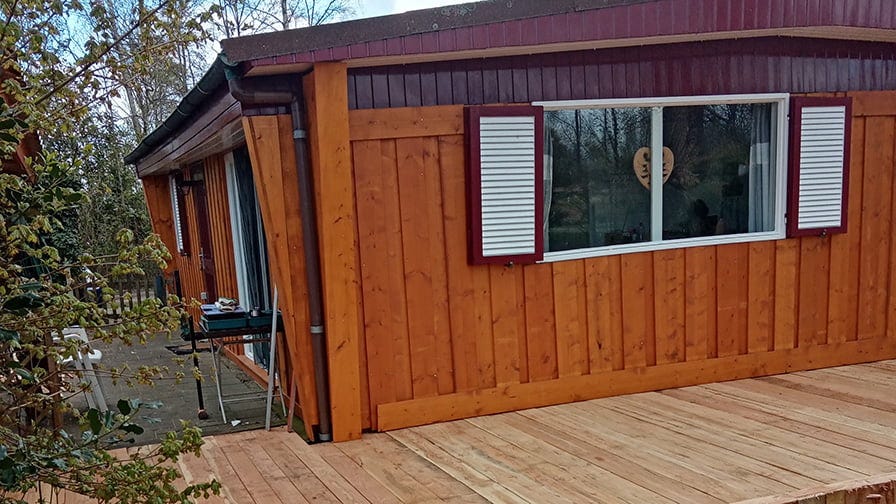

Clients also come to them from the hunting community, as timber affected by bark beetles is used to construct hunting blinds and animal feeders. The pair also give the sawdust away to be used by neighboring stables for bedding in the barns.
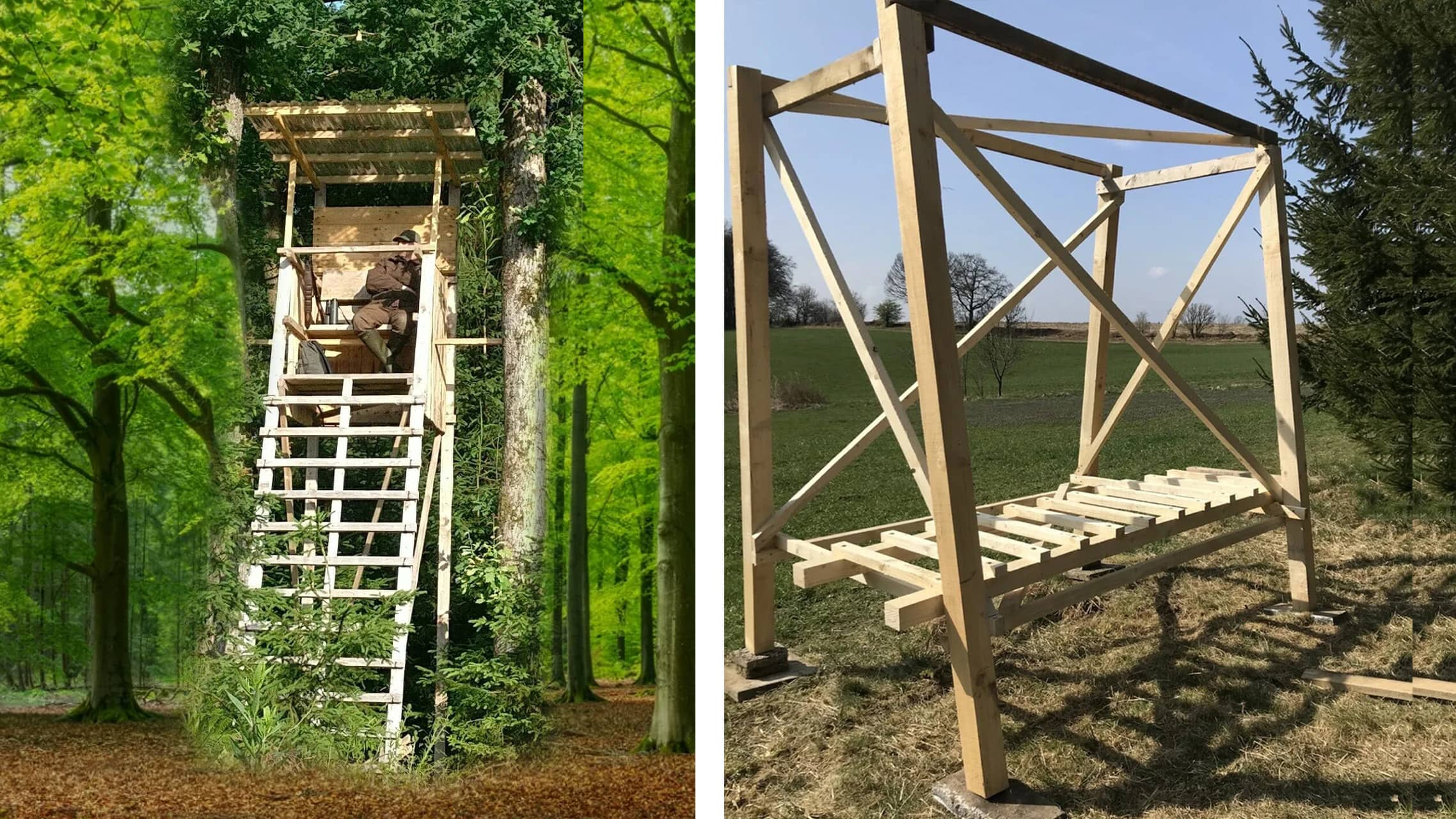

For the next couple of years Thomas and his sawmill director have enough orders and plans for sawing timber. They are constantly coming up with new ideas and projects now that the LX50 sawmill has become an integral part of their lives, bringing both benefits and pleasure.
***

